Central Nervous System and Fatigue
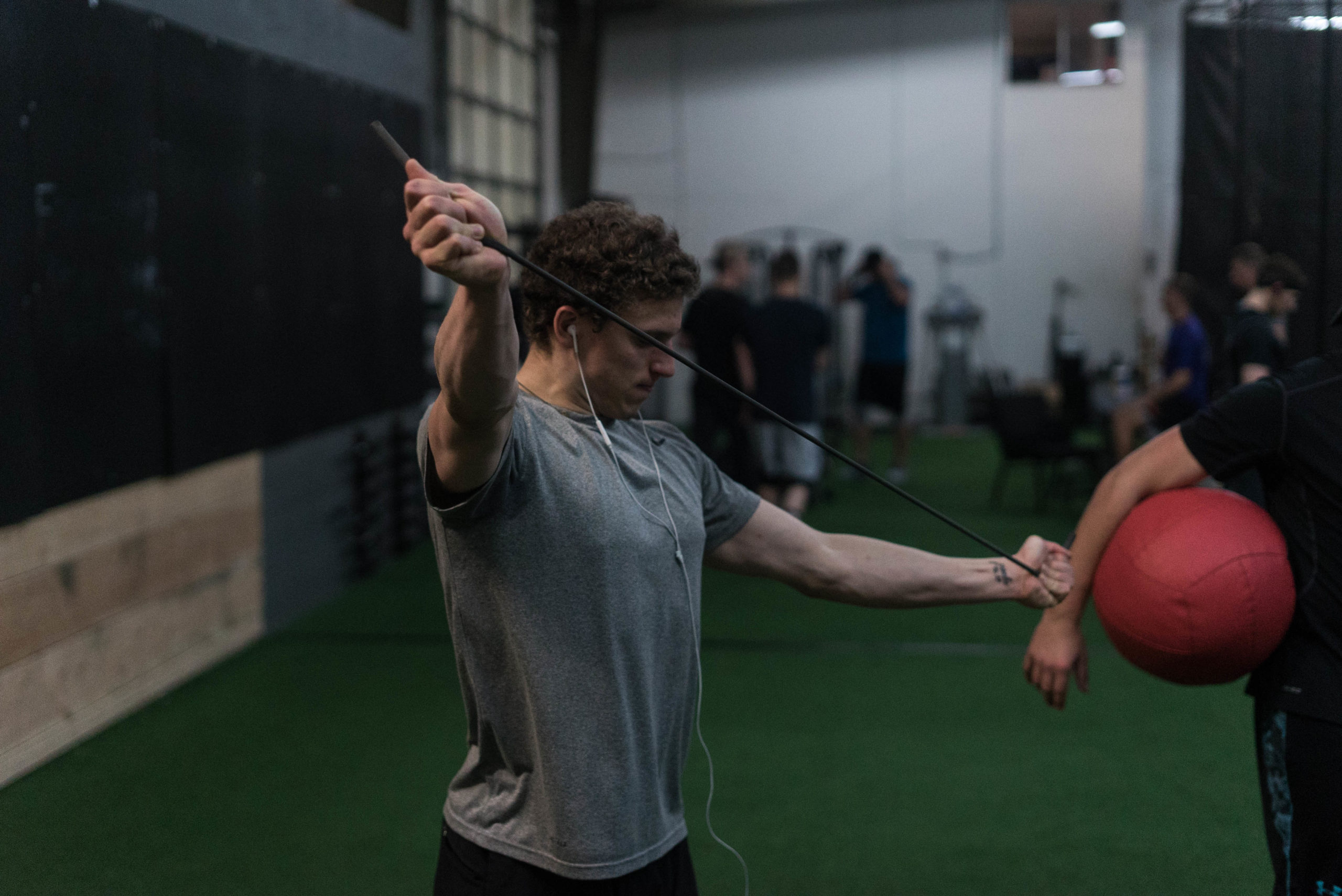
What is central nervous system (CNS) fatigue, and how will it affect the performance of my baseball athletes?
Most athletes know what central nervous system (CNS) fatigue is because at some point or another they have experienced it. Athletes are constantly subjected to the coaching staff’s great ideas, which usually include some version of individual practice, team practice, team weights, and team conditioning. All of these can cause great gains in athletic performance, but without proper programming and periodization, it is possible for athletes to become overtrained and experience CNS fatigue.
Currently, the widely accepted standard is to wait until performance takes a hit and then try to do something about it. However, this is a classic example of too little, too late. For example, consider monitoring and recording a pitcher’s throwing velocity or a hitter’s exit velocity off the bat. When the numbers dip too low, it’s time for a de-load week, but at that point, it is too late and misses the mark by a lot. What do we do about this?
Defining CNS Fatigue
The CNS consists of the brain and the spinal cord. For athletes, that system can become “tired” when it starts to have trouble communicating with the muscles of the body. CNS fatigue doesn’t happen when the muscles become tired, and not when the brain or spinal cord becomes tired, but when the communication between the two wears out. Overtraining can cause decreased performance, but also greatly increases the risk of injury. At the point of overtraining, the body has so effectively adapted to chronic stimulation of a certain variety that it no longer needs to adapt. It is enough to constantly wear athletes down but not enough to cause any actual performance increase.
The way the CNS and the muscles communicate is through neural connections, the neurons synapse with one another by way of neurotransmitters. The four that we will briefly consider are serotonin, noradrenaline, dopamine, and acetylcholine.
- Serotonin correlates with readiness, behavior, sleep, and overall mood.
- Noradrenaline increases in anticipation of exercise or training. Noradrenaline is often talked about in relation to the “fight or flight” response.
- Dopamine is associated with arousal, motivation, muscular coordination, and repeated exercise performance. It is the “feel-good” neurotransmitter.
- Acetylcholine is the neurotransmitter required for the generation of muscular force.
Changes in the concentrations of these synaptic neurotransmitters cause central nervous system fatigue. Here are some of the symptoms of what this looks like: First, acute fatigue comes as a result of a training stimulus. Either no effect or an increase in performance is usually noted at this point. If the training stimulus is too high for too long, then a cascade of events can follow. Functional overreaching can cause a temporary decrease or a return to an athletic-performance baseline. This plays an integral role in the training of athletes. The performance professional can manipulate variables to cause a desired adaptation, but beyond this comes nonfunctional overreaching. This is marked by a stagnation or a decrease in athletic performance. The last phase is when overtraining syndrome is present and causes a decrease in athletic performance. It is marked by significantly decreased force production, glycolytic capacity, and is often concomitant with sickness and infection as well as emotional and sleep disturbances.
(Haff, Triplett ’16)
It is (usually) impossible to look at an athlete and say: “You look like you are a little short on acetylcholine and high in cortisol (hormone associated with stress) today. We should adjust your training.” So how exactly can we assess the recovery status of an athlete?
Monitoring CNS through Exercise
Using methods for monitoring recovery from athletic training and competition can decrease this risk. One method is to use a mechanical analysis of a countermovement jump (CMJ) in order to determine neuromuscular fatigue. In trained athletes, the jump height remains largely unchanged when the athlete is fatigued, but the way the jump is performed changes depending on the recovery status. If the athlete is fatigued, then he changes the pattern of the movement to decrease the duration of the jump and increases the eccentric utilization of the movement. The peak power and jump height, however, remain fairly constant whether fatigued or recovered from exercise. Another way to measure an athlete’s recovery from exercise is by measuring heart-rate variability (HRV).
Monitoring CNS Through HRV
Heart-rate variability (HRV) is the measurement of time between heartbeats rather than simply the number of heartbeats in a given time period. HRV relates directly to the autonomic nervous system activity. The “branches” associated with the autonomic nervous system are the parasympathetic nervous system, the sympathetic nervous system, and the enteric nervous system.
- The sympathetic nervous system is often nicknamed the “fight-or-flight” nervous system.
- The parasympathetic nervous system is often referred to as the “rest-and-digest” nervous system.
- The enteric nervous system is found in the gut and regulates digestion.
HRV seems to be a good snapshot indicator of which one of these systems is more active: the parasympathetic, rest-and-digest system, or the sympathetic, fight-or-flight system. Generally speaking, the higher variable the heart rate is, the less stress the athlete is experiencing, and vice versa. A higher HRV indicates that the individual is in a state of recovery from training. A practical application of HRV monitoring is to identify the time with which an individual recovers fully from exercise and adjusting training accordingly.
Nutrition’s Role
Nutrition plays a critical role in preventing CNS fatigue. Proper nutrition around the workout is very important. For most athletes, a carbohydrate and protein drink is recommended before training, and a protein shake is recommended after training to assist in fueling and recovering from exercise. As important as pre- and post-workout nutrition is, it cannot replace proper nutrition and fueling during the rest of the day. It is important for athletes to eat a diet high in protein in order to aid in recovery from intense training. The diet must also have fat and carbohydrates in order to fuel activity. Carbohydrates are used in the body to fuel short bursts of high-intent activity. Fats are used to fuel lower intensity activity over longer periods of time. Carbohydrates primarily fuel an athlete sprinting from home to second, but fats keep him going in the ninth inning after he has been on the field for three hours.
Programming’s Role
Proper programming is essential. Forcing an athlete to throw 120 pitches and do a high-volume weight-training program in one week is a recipe for disaster and diminished performance.
It is crucial that when the volume of throwing or hitting is high for the volume in the weight room to be reduced. The opposite is also true. More is better is hardly true. In order for athletes to have long and successful careers, they must stay healthy and constantly perform well. This is why these variable are so important to consider.
Recap
Take-Home Points:
- CNS fatigue is marked by a decrease in performance that cannot strictly be assigned to muscle soreness or tiredness. The technical term is neuromuscular fatigue.
- Proper programming as not to chronically overtrain your athletes is essential. Program de-loads, active recovery days, balance throwing/hitting intensity, and intensity in the weight room are crucial.
- Proper nutrition can assist in preventing neuromuscular fatigue. Use carbohydrates and fat to fuel exercise and protein to promote muscle building and recovery from training.
- Use regular countermovement jumps to monitor for CNS fatigue, but don’t just look at jump height: look at how the jump is performed.
- Use heart-rate variability to get an idea of how well, or poorly, your athletes are recovering from their training.
References:
Gathercole, Rob, et al. “Alternative Countermovement-Jump Analysis to Quantify Acute Neuromuscular Fatigue.” International Journal of Sports Physiology and Performance, vol. 10, no. 1, 2015, pp. 84–92., doi:10.1123/ijspp.2013-0413.
Aubert, Andre E, et al. “Heart Rate Variability in Athletes.” Sports Medicine, vol. 33, no. 12, 2003, pp. 889–919., doi:10.2165/00007256-200333120-00003.
Haff, Greg, and N. Travis Triplett. Essentials of Strength Training and Conditioning. Human Kinetics, 2016.
This article was written by Driveline Strength Trainer Gabe Juarez
Comment section
Add a Comment
You must be logged in to post a comment.
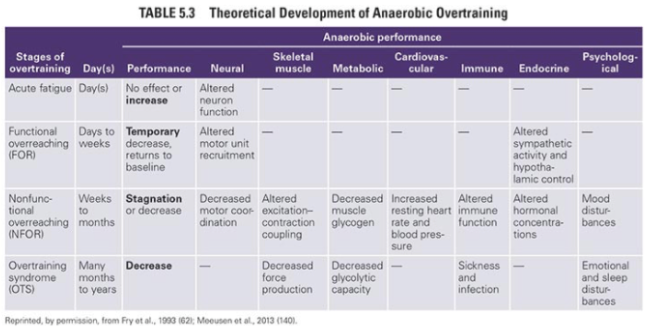
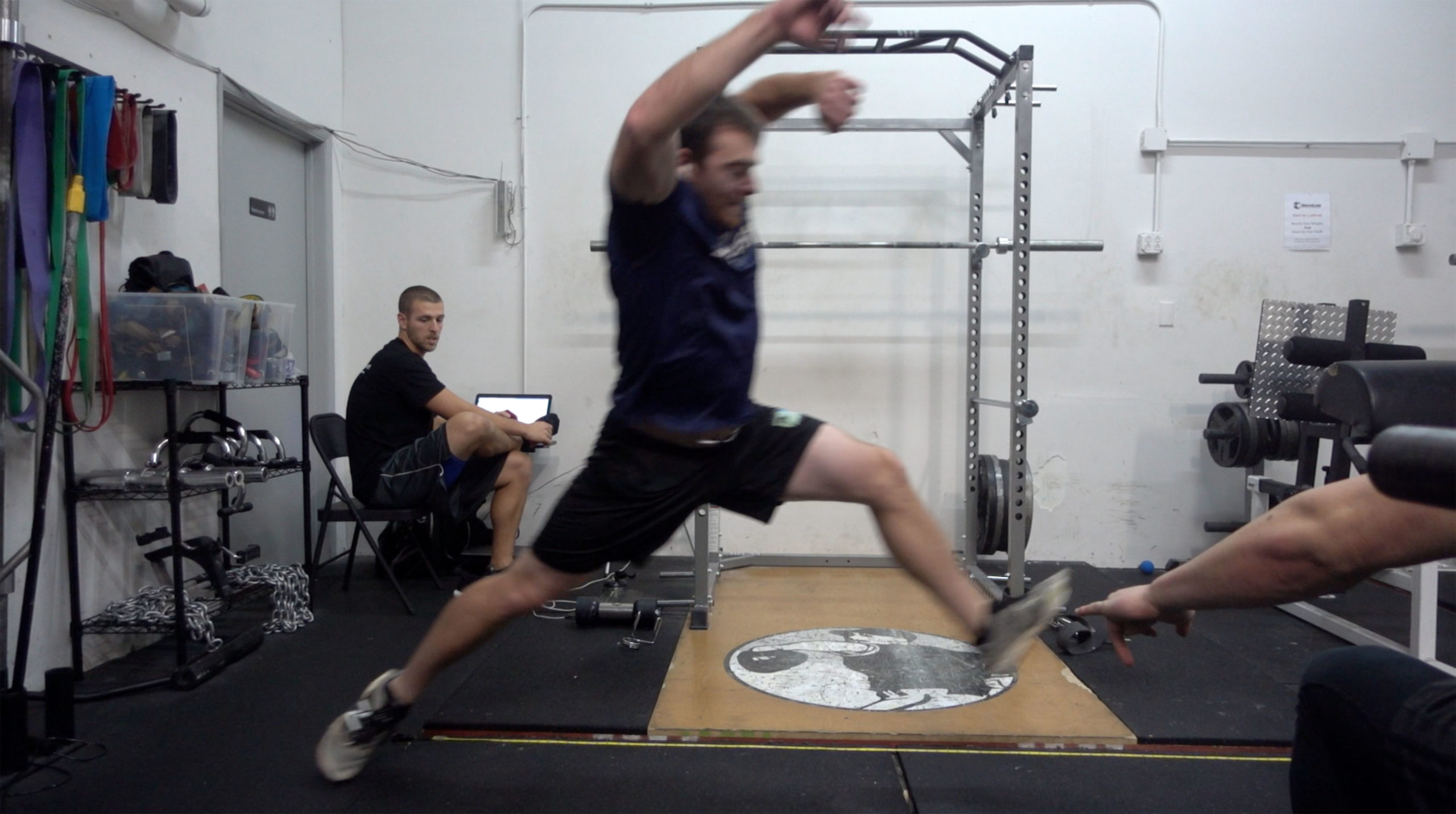
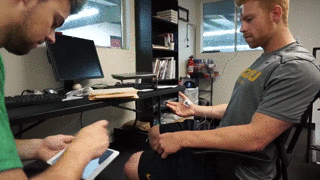
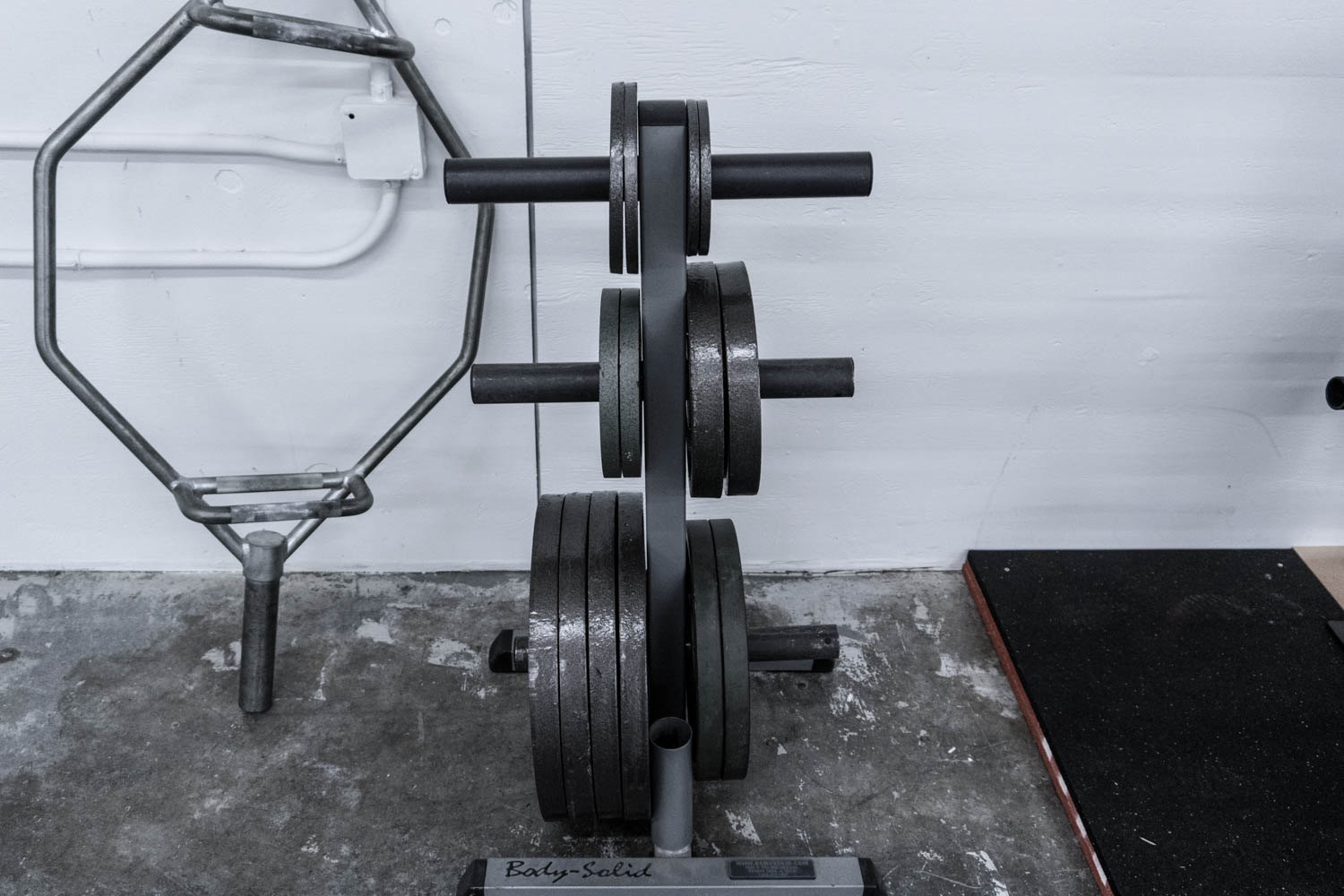
Tom -
The description of HRV is upside down. Low HRV indicates fatigue. High HRV indicates rest and recovery.
devenmorgan -
Correct. Thank you for catching this – we’ve updated the post!